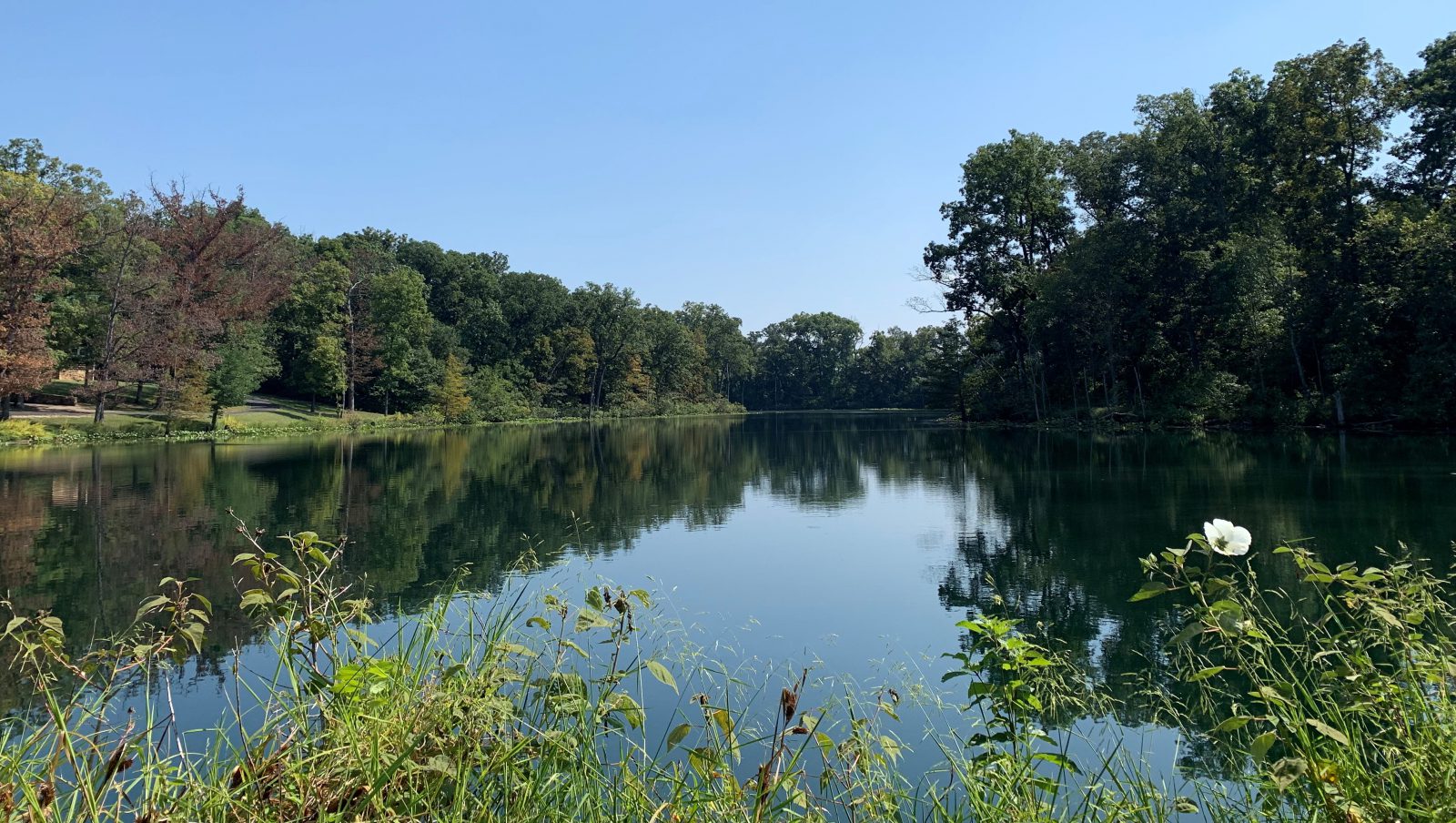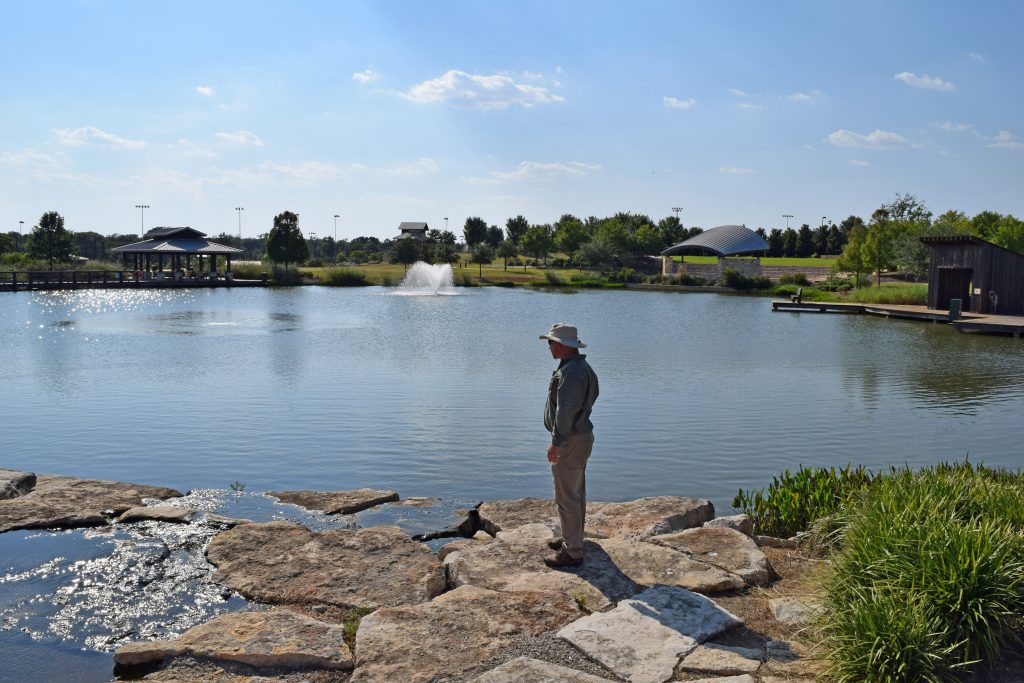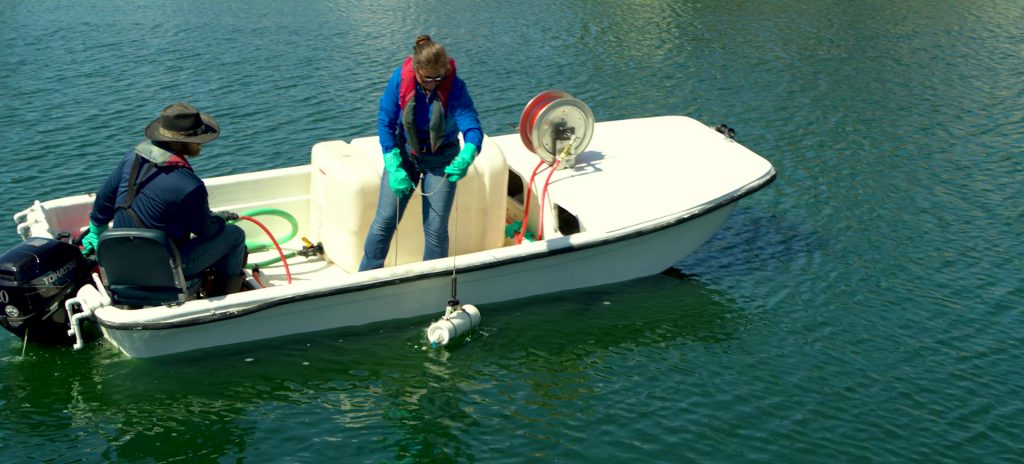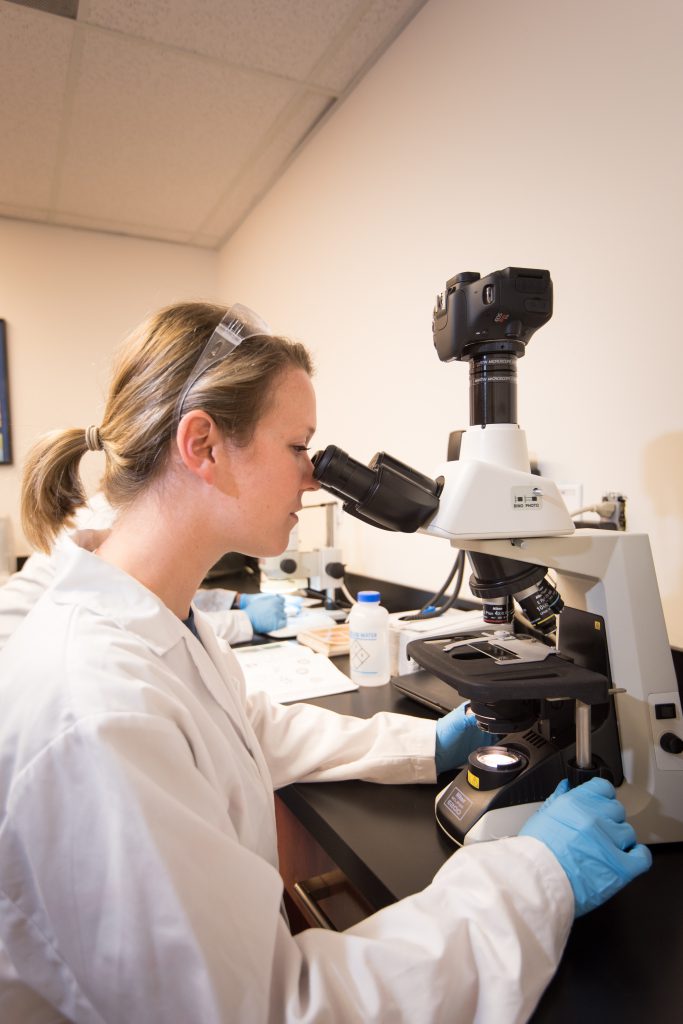
The Importance of Monitoring Lakes and Ponds
Natural or man-made, big or small, freshwater lakes and ponds are all aquatic ecosystems that serve an important role in our environment. So, they’re all the same? Water is water, right? Not quite. The individual characteristics, uses, and management goals can vary drastically from waterbody to waterbody. That’s why actively monitoring and testing your lake or pond is so important.

How are waterbodies different?
Our waterbodies are an enigma; they are connected by rivers, streams, and groundwater flow, but also function as their own interactive ecosystems. Differences in dimension, flow, nutrients, watershed, pre-existing organisms, and plant growth all determine the variation of the lake or pond system. Exceptions to this are synthetically-lined ponds and stormwater ponds that are specifically constructed for flood management. These “closed systems” are typically disconnected from other waterbodies.
Not all waterbodies are formed or created equally, and most lakes and ponds quickly reach their biological and ecological threshold without proper management. Fish, plants, invertebrates, and plankton may live within one waterbody, while another may not be capable of supporting the same amount of growth without becoming unbalanced. Furthermore, we use lakes and ponds for enjoyment – wildlife and scenic viewing, boating, swimming, and fishing. High recreational activities and land development in and around lakes and ponds often lead to nutrient loading, nuisance aquatic plant growth, and other water quality problems. When it comes to internal loading, sediment and biological decomposition are the two primary contributors.

These impacts on lakes and ponds mean that we have to manage them, right?
Yes, but there are many types of management, and monitoring should always be the first step—followed by active management. Without monitoring, how do you know which plant is taking over your waterbody, or what’s causing a fish kill? Is the green surface of the waterbody from duckweed, green algae or cyanobacteria?
Speculations are often made regarding water quality or biological issues and attempts to solve these problems are often made without initial monitoring. This is called “blind management.” Such strategies can result in worsened conditions or create new issues. Monitoring is the answer to understanding waterbody health, especially if aquatic conditions seem unstable and result in intensive pond algae blooms, proliferative plant growth or aquatic-dependent fauna death. Most often, these results are caused by nutrient imbalances, however, that knowledge alone is not enough to determine how nutrients are introduced and what the mode of management should be.

What does monitoring do, exactly?
Monitoring determines the external and internal influences on a lake or pond system, and can be accomplished through, but not limited to: water quality testing, sediment and fish sampling, emergent and aquatic vegetation surveys, bathymetric mapping and watershed diagnostic studies. With regard to lakes and ponds used for recreation, water sampling is usually the preferred preliminary form of monitoring, and can be paramount in defining the best course of management and the efficacy of a management program, and even assists the prevention of future issues. Other forms of sampling usually follow, depending on the type and use-objectives of the waterbody.
Various survey options document physical details of the waterbody that are otherwise overlooked. For example, many lakes and ponds have weeds – but what species? Native or invasive? Rare or common? Are they good for fish? Moreover, the habitats and land-use around a lake or pond can be indicative of nutrient loading and wildlife dependency, which further help determine the best course of management. Much like edging your lawn from growing into your garden or from covering your stone walkway, vegetation management will always be needed to slow the natural wetland-succession of lakes and ponds. Similar to researching how to edge your lawn, monitoring should be done in order to understand the best lake and pond management options for your waterbody.
Often, the problems we notice result from a myriad of underlying issues that we can’t physically or directly see. Why exert effort reacting to problems instead of proactively managing to prevent future issues? Water quality monitoring is an important foundation of prevention, and can indicate a change or issue before grotesque problems begin to occur. Even if nothing seems wrong–the water is clear, fish are plentiful, and plant and algae growth is appropriate–proactive monitoring documents annual trends occurring within the lake or pond, and helps us understand where the waterbody may need future management. Being proactive, rather than reactive, simultaneously helps you and the environment. No two waterbodies are exactly the same; therefore, no two management strategies should be the same. Utilize monitoring to help determine the best management strategy for your lake or pond.
Aquatic Weed & Algae Control
SOLitude Lake Management is committed to providing full service lake and pond management services that improve water quality, preserve natural resources, and reduce our environmental footprint. Our services include lake, pond and fisheries management programs, algae and aquatic weed control, mechanical harvesting, hydro-raking, installation and maintenance of fountains and aeration systems, water quality testing and restoration, bathymetry, lake vegetation studies, biological assessments, habitat assessments, invasive species management and nuisance wildlife management. Services, consulting and aquatic products are available to clients nationwide, including homeowners associations, multi-family and apartment communities, golf courses, commercial developments, ranches, private landowners, reservoirs, recreational and public lakes, municipalities, parks, and state and federal agencies. Learn more about SOLitude Lake Management and purchase products at www.solitudelakemanagement.com.









